Fluid & Heat Blog Posts

Modeling a Sphere Falling on a Water Surface
Get the theory behind a quintessential CFD problem, the oscillating motion of a buoyant sphere, as well as step-by-step instructions for modeling it in COMSOL Multiphysics®.
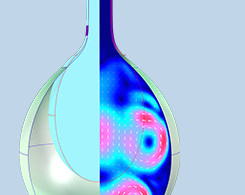
How to Model Fluid-Structure Interaction in a Water Balloon
They’re not just for playing games in the backyard: Water balloons are also an example of fluid–structure interaction in a nonlinear elastic material. Learn how to model this effect…
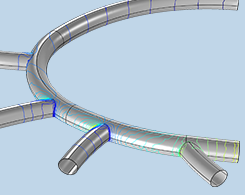
Analyzing Magnetic Flowmeters for Blood Flow Measurement
Biomedical researchers used multiphysics modeling in order to understand how blood vessel movement influences the sensitivity of their flow meter designs. Get the full story here.

Optimizing a Microlens Design for Optogenetics Applications
Optogenetics is a field of study that could shed light on neurology and memory. To design an optimized microlens for optogenetics uses, these researchers turned to multiphysics simulation.
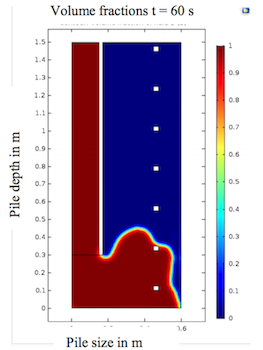
Analyzing Concrete Flow in Drilled Shafts with CFD Simulation
Researchers from the University of Florida used CFD simulation to analyze concrete flow in drilled shaft designs in order to optimize these deep foundation elements.

Keynote Video: Modeling the Multiphysics Behavior of Nuclear Fuel
A laboratory engineer discusses using multiphysics simulation to understand the complex and challenging behavior of nuclear fuel. Watch his presentation and get a quick summary here.
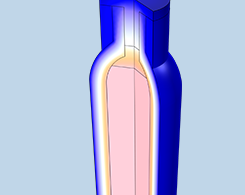
Predicting How Long Coffee Stays Warm in a Vacuum Flask
Do you use a vacuum flask to keep your coffee or tea warm? Try simulating the natural convection cooling in one of these containers to see exactly how long your beverage will stay warm.
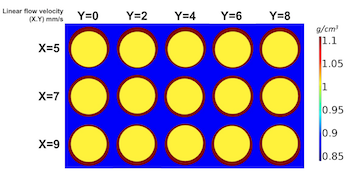
Improving IFE Target Fabrication with a Droplet Microfluidics Method
A common joke is that fusion energy is 30 years away, and always will be. Researchers are using simulation to tackle the challenges involved with of inertial fusion energy target production.
